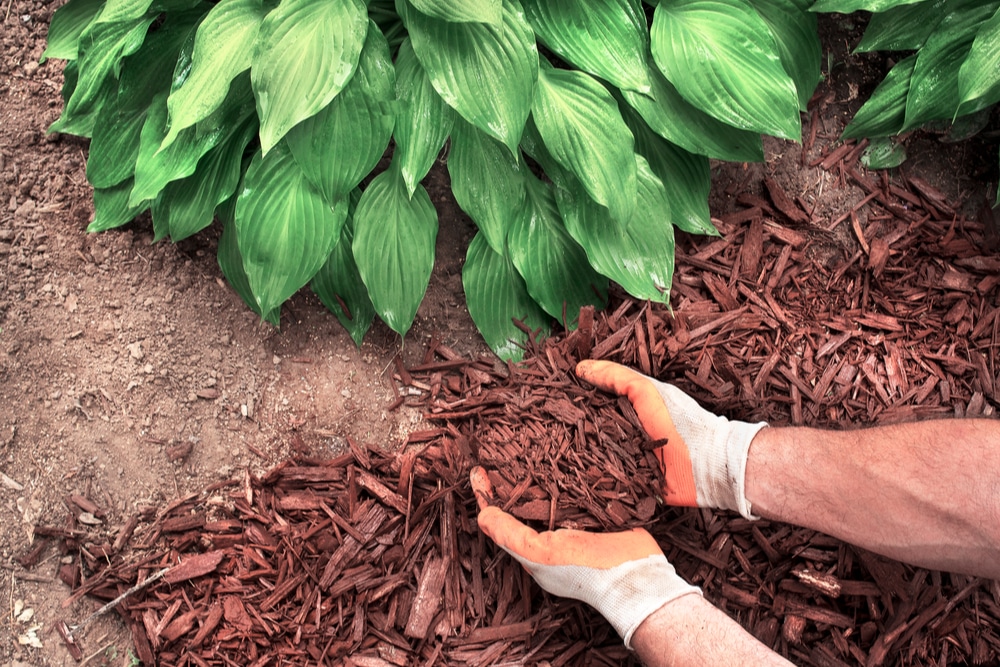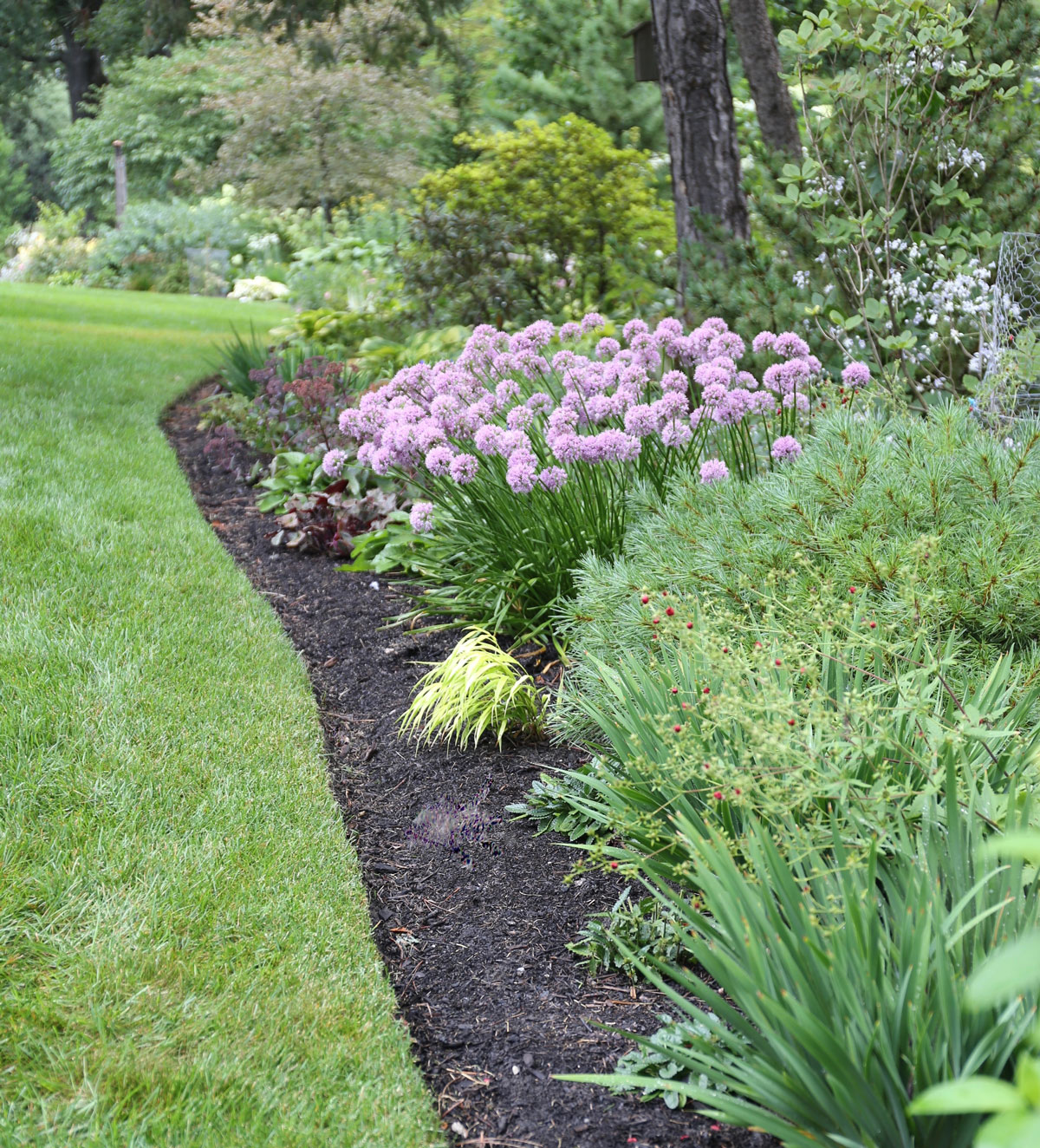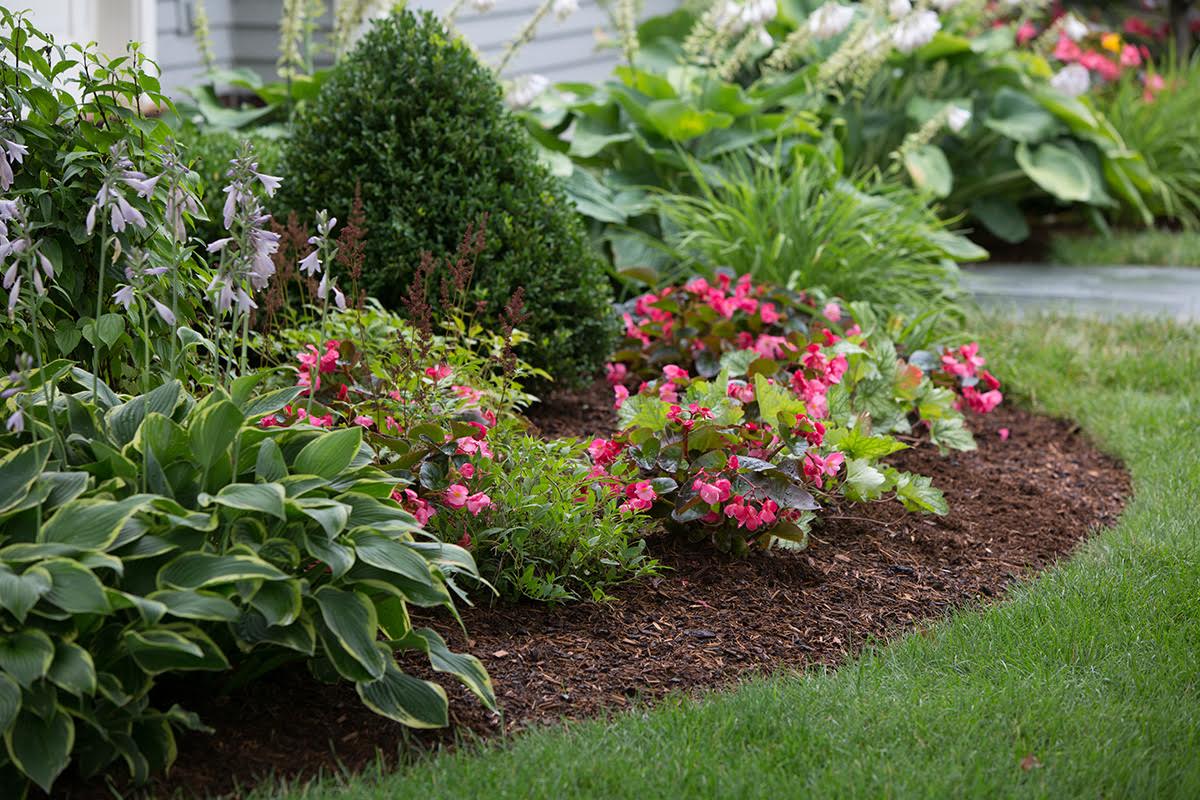Why Mulching Matters: Unlocking the Secrets to Healthy Blooms
When it comes to flower bed care, mulching is a crucial step that can make all the difference in the health and appearance of your blooms. By applying a layer of organic material around the base of plants, mulch helps retain moisture, suppress weeds, and regulate soil temperature. This, in turn, promotes healthy growth, increases flower production, and reduces the need for frequent watering and fertilization. In fact, knowing when to mulch flower beds is essential to reap these benefits, as timing plays a significant role in the effectiveness of mulching. By understanding the importance of mulching and its benefits, gardeners can create a thriving environment for their flowers to flourish.
Timing is Everything: When to Mulch for Maximum Impact
When it comes to mulching flower beds, timing is crucial. Mulching at the right time can make a significant difference in the health and appearance of your blooms. In general, the ideal times to mulch flower beds are in the spring, summer, and fall. During these seasons, mulch helps retain moisture, suppress weeds, and regulate soil temperature, creating a conducive environment for flowers to thrive. In the spring, mulching helps to warm the soil, promoting healthy growth and development. In the summer, mulch acts as a barrier, preventing weeds from competing with flowers for water and nutrients. In the fall, mulching helps to insulate the soil, protecting roots from extreme temperatures and preventing soil erosion. By understanding when to mulch flower beds, gardeners can optimize the benefits of mulching and create a thriving environment for their flowers.
How to Choose the Right Mulch for Your Flower Bed
Selecting the right type of mulch for your flower bed is crucial to reap its benefits. With numerous options available, it’s essential to consider factors such as organic vs. inorganic, color, and texture. Organic mulches, like wood chips, bark, and straw, are biodegradable and can improve soil health over time. Inorganic mulches, like gravel, stone, and plastic, are durable and require less maintenance. When choosing a mulch, consider the color and texture that will complement your flowers and overall garden aesthetic. For instance, a dark-colored mulch can make flowers appear more vibrant, while a light-colored mulch can help reflect sunlight. Additionally, consider the specific needs of your flowers, such as acidity or moisture requirements, to select a mulch that will provide the necessary benefits. By choosing the right mulch, gardeners can create a thriving environment for their flowers to bloom.
The Art of Mulch Application: Tips and Tricks for Success
Applying mulch correctly is crucial to reap its benefits. To get started, prepare the flower bed by removing any debris, weeds, or old mulch. Next, lay down a layer of mulch, keeping it a few inches away from plant stems to prevent rot and disease. The recommended depth of mulch is 2-3 inches, as this allows for adequate moisture retention and weed suppression. When applying mulch, consider the coverage area, ensuring that the entire flower bed is evenly covered. To maintain the mulch, regularly inspect the flower bed for signs of wear and tear, replenishing the mulch as needed. Additionally, avoid piling mulch against plant stems or tree trunks, as this can cause damage. By following these step-by-step instructions, gardeners can ensure a successful mulch application that enhances flower growth and health.
Mulching Mistakes to Avoid: Common Pitfalls and Solutions
While mulching can be a highly effective way to enhance flower growth and health, common mistakes can negate its benefits. One of the most common mistakes is over-mulching, which can lead to waterlogged soil and root rot. To avoid this, apply mulch at the recommended depth of 2-3 inches and avoid piling it against plant stems or tree trunks. Under-mulching is another common mistake, which can fail to provide adequate moisture retention and weed suppression. To avoid this, regularly inspect the flower bed and replenish the mulch as needed. Using the wrong type of mulch is also a common mistake, which can lead to poor soil health and inadequate moisture retention. To avoid this, choose a mulch that is suitable for the specific needs of your flowers, such as organic or inorganic, and consider factors like color and texture. By being aware of these common mistakes and taking steps to avoid them, gardeners can ensure a successful mulching experience that enhances flower growth and health. Remember, timing is everything when it comes to mulching flower beds, and applying mulch at the right time can make all the difference.
Mulching and Soil Health: The Connection You Need to Know
Mulching is not just a surface-level solution for flower beds; it also has a profound impact on soil health. By applying mulch, gardeners can improve soil structure, fertility, and biodiversity. Mulch helps to break down organic matter, increasing the soil’s water-holding capacity and aeration. This, in turn, supports the growth of beneficial microorganisms, which are essential for healthy plant development. Additionally, mulch can help to regulate soil temperature, reducing soil erosion and nutrient depletion. As mulch decomposes, it adds organic matter to the soil, increasing its fertility and ability to support plant growth. By understanding the connection between mulching and soil health, gardeners can create a thriving ecosystem that supports the growth of healthy, vibrant flowers. Remember, timing is crucial when it comes to mulching flower beds, and applying mulch at the right time can make all the difference in promoting soil health and flower growth.
Mulching for Specific Flower Types: What You Need to Know
While mulching is a universal technique for flower beds, different types of flowers have unique needs and requirements. For instance, roses benefit from a thick layer of organic mulch, such as wood chips or bark, to retain moisture and suppress weeds. Hydrangeas, on the other hand, prefer a thinner layer of mulch to avoid waterlogged soil. Succulents, being drought-tolerant, require a well-draining mulch like gravel or decomposed granite to prevent water accumulation. When it comes to mulching for specific flower types, it’s essential to consider factors like soil type, climate, and growth habits. By tailoring your mulching strategy to the specific needs of your flowers, you can create an optimal environment for healthy growth and blooming. Remember, knowing when to mulch flower beds is crucial, and applying mulch at the right time can make all the difference in promoting flower growth and health.
Maintenance and Upkeep: Keeping Your Mulched Flower Bed Thriving
To ensure your mulched flower bed remains healthy and thriving, regular maintenance and upkeep are essential. Watering is a critical aspect of flower bed care, and mulched beds require careful attention to avoid overwatering. Check the soil moisture by inserting your finger into the soil up to the knuckle, and water only when the soil feels dry. Fertilizing is another crucial step, and a balanced fertilizer applied in the growing season can promote healthy growth and blooming. Pruning is also vital to maintain the shape and size of your flowers, as well as encourage new growth. Remember to prune at the right time, as improper pruning can damage your flowers. Additionally, regularly inspect your mulched bed for signs of pests, diseases, or nutrient deficiencies, and take prompt action to address any issues. By following these maintenance and upkeep tips, you can enjoy a vibrant and thriving mulched flower bed. Timing is crucial when it comes to mulching flower beds, and knowing when to mulch can make all the difference in promoting flower growth and health.



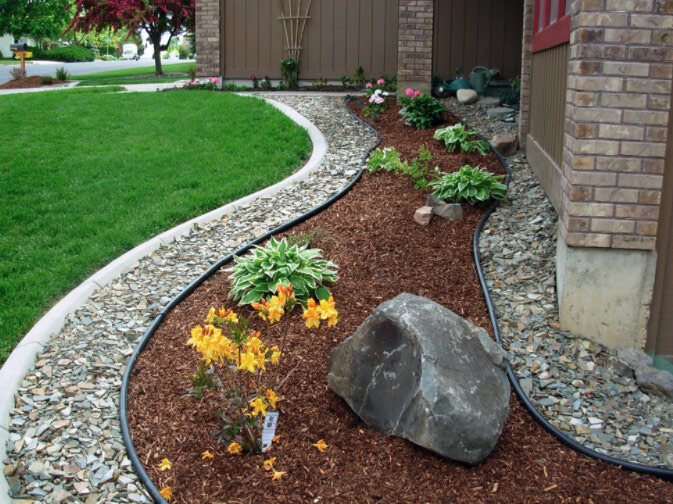
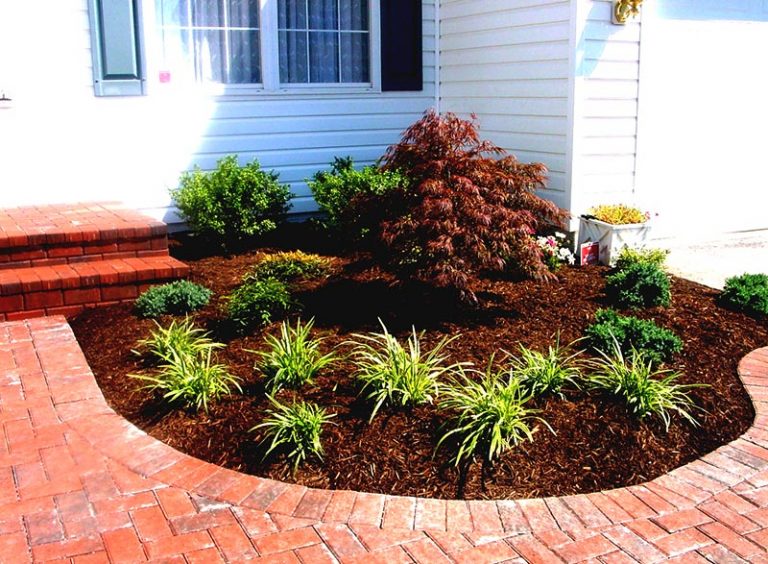

:strip_icc()/mulching-mistakes-to-avoid-01-5665061-Primary-2b8a0c7465ff4256aa8394b292ff3b4a.jpg)
